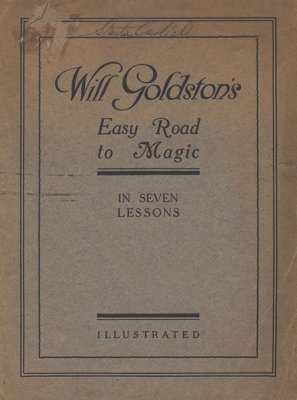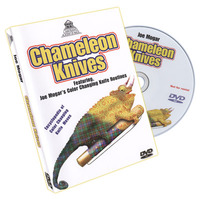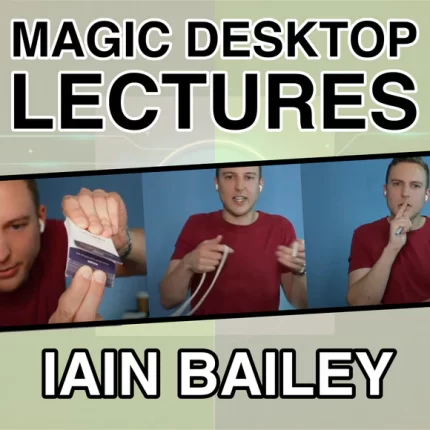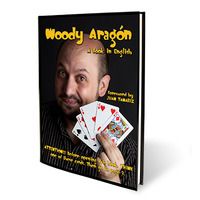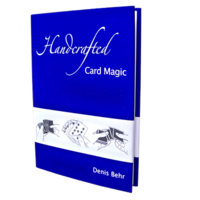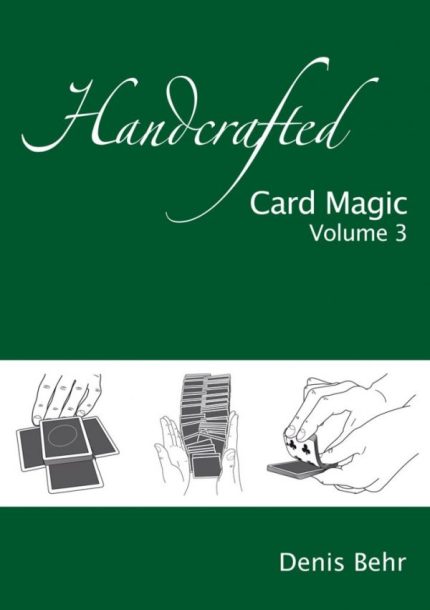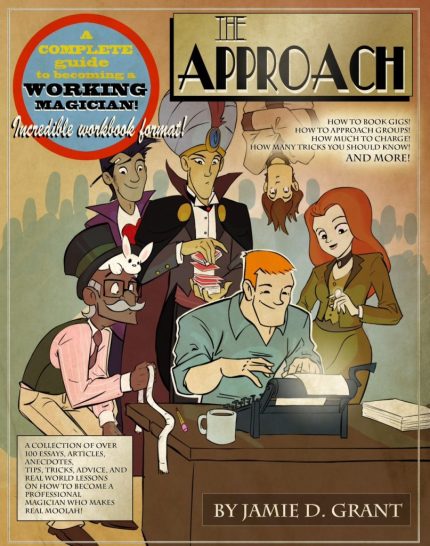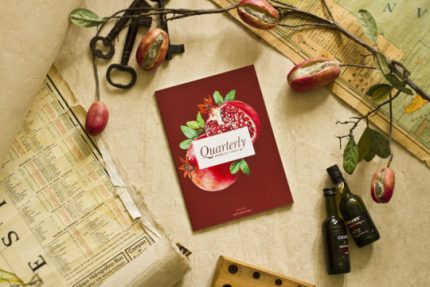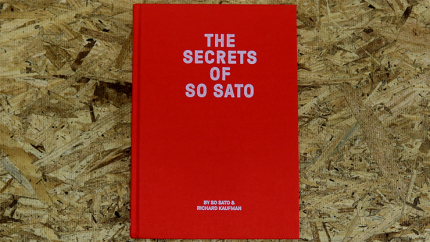From the introduction:
The ideal way of learning magic is, it almost goes without saying, to obtain lessons from a magician who is not only a skilful performer but who has also the gift of teaching. The number of such magicians is small. Skilful performers there are in plenty; but the gift of teaching is a rare one. Many a man knows his subject thoroughly, yet cannot impart his knowledge to others.
This ideal way is therefore a difficult one. The learner has first to find an efficient instructor. He may be able to do so if he lives in or near one of the great cities. But if not he will probably find the task insurmountable. The ideal way is also an expensive one. For the efficient instructor knows the value of his lessons and charges for them accordingly.
Is it possible for such lessons to be obtained by all, however remote their places of residence, and to be obtained at a reasonable cost? I think that I have made it possible. These “Seven Lessons in Magic” are intended to give the beginner—and I am confident will give him—a thorough knowledge of the groundwork of magic.
- Introduction
- LESSON ONE: Hints and Suggestions
- LESSON TWO: Tricks, without apparatus, for the Drawing-room
- LESSON THREE: A Programme for the Concert Platform (Tricks with Apparatus)
- LESSON FOUR: Sleight-of-Hand Experiments (with Patter) and other Matters
- LESSON FIVE: Studying Magic from Books. How to Invent New Tricks, etc.
- LESSON SIX: Simple Illusions
- LESSON SEVEN: Money from Magic
- Tips
- Sixteen Wonderful Tricks That Are Easily Learned
- Remade Cigarette Paper
- Spot The Spots
- Remove It!
- Single Hand Knotting
- Cut String Chewed Whole
- Mind Reading Cards
- Watch Case Reflection
- Mesmerised Match Box
- A Returning Match
- The New Way Out
- The Mystery Ring
- The Mended Match
- The Knife Swallower
- The Knot That Is Not
- Where’s My Ring?
- A Coin Vanish
1st edition 1916, 47 pages; PDF 40 pages.
word count: 16730 which is equivalent to 66 standard pages of text


